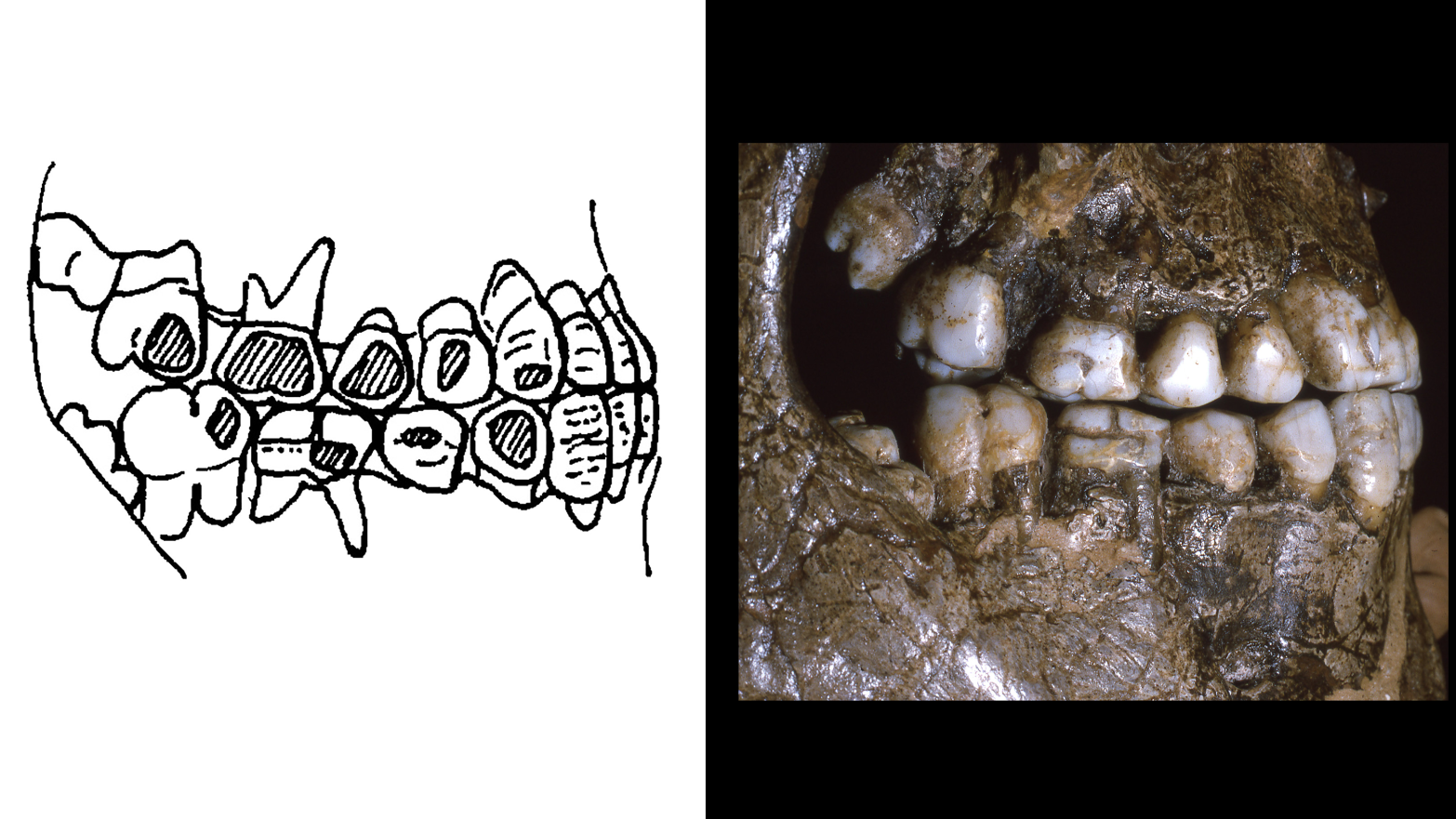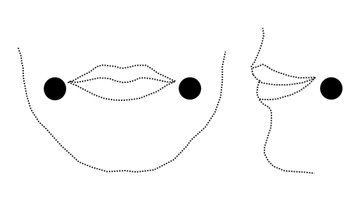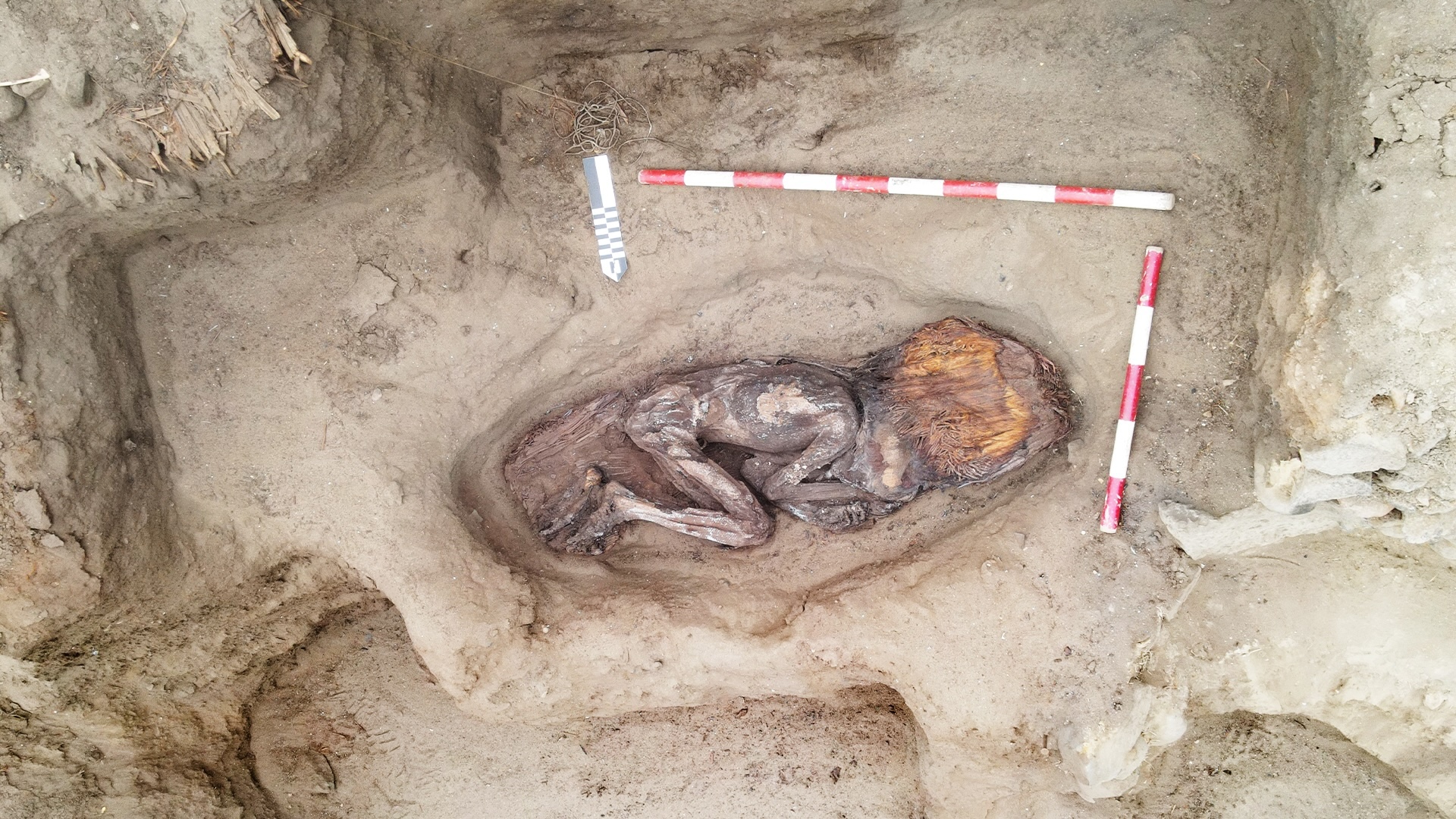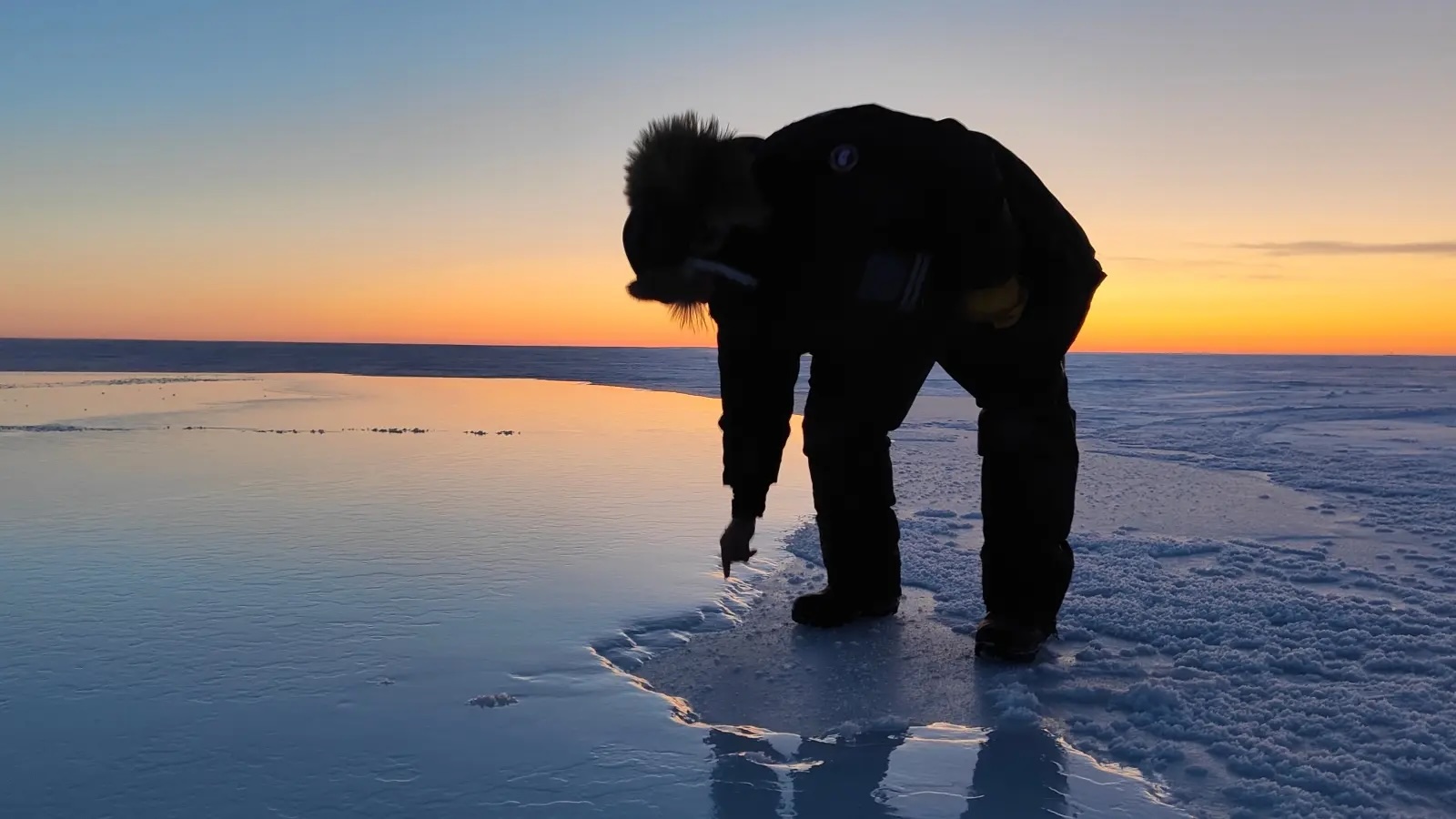Ice age Europeans as young as 10 years old rocked cheek piercings 30,000 years ago
A study of Paleolithic skeletons from Central Europe suggests people's teeth were worn down and crowded together because of cheek piercings.

Strange, flat patches on the teeth of ancient Europeans have puzzled archaeologists for centuries. But one researcher thinks he's solved the mystery: Ice age people as young as 10 years old rocked cheek piercings.
These piercings likely signaled a person's membership in a group, according to John Willman, a biological anthropologist at the University of Coimbra in Portugal, but they also caused teeth to move.
In a study published Jan. 23 in the Journal of Paleolithic Archaeology, Willman looked at dozens of skeletons of Pavlovian people, who lived in Central Europe between about 25,000 and 29,000 years ago. His analysis focused specifically on dental wear.
"There was a long history of discussion of the strange wear on the canines and cheek teeth of these individuals," Willman told Live Science in an email, "but no one really knew what caused the wear."
As humans age, the enamel on our teeth wears down through repeated behaviors, like chewing, grinding and sometimes holding objects in our mouths. These activities typically cause dental enamel to become flatter or slightly angled on the chewing surface of the teeth. But in these Stone Age Pavlovian jaws, Willman noticed that the wear was on the cheek side of the teeth instead.
Related: Rare skeletons up to 30,000 years old reveal when ancient humans went through puberty
"I thought that the patterns of dental wear caused by labrets were a really good hypothesis for what caused the wear in the Pavlovians," Willman said.
Sign up for the Live Science daily newsletter now
Get the world’s most fascinating discoveries delivered straight to your inbox.

The term labret comes from the Latin word for "lip" and refers to a type of piercing that is inserted into a person's lower lip or cheek area. The use of labrets is well known in both modern and ancient cultures, according to Willman. But to date, no artifacts identified as labrets have been found in Pavlovian burials, possibly because they were made of perishable materials, like wood or leather, that have not survived.
To investigate a possible link between the Pavlovian tooth wear and labret use, Willman looked more closely at patterns in the worn teeth.
"Getting your first labret seemed to have occurred in childhood, since wear is documented in some baby teeth," Willman said. Additionally, he found that adults had a higher degree of cheek-region enamel wear across more teeth than kids did, which may relate to the insertion of larger labrets over time.
"In the case of the Pavlovians, having labrets seems to be related to belonging to the group," Willman said, and the variation in tooth wear "may relate to individual choice, different life experiences that 'earn' labrets during life, like going through puberty or marriage."
Although labret use is considered safe, it can cause damage to teeth and gums if done incorrectly. "Piercings can cause a tooth to move — almost like 'reverse' braces," Willman said. "Some individuals have dental crowding, which I interpreted as an effect of having labrets resting against the teeth for long periods of time."
April Nowell, a Paleolithic archaeologist at the University of Victoria in Canada who was not involved in the study, told Live Science in an email that, "as someone who studies Ice Age adolescents, I find this study very exciting."
Most of the items that hunter-gatherer societies used day-to-day have been lost to time, Nowell said, which makes researchers underestimate the complexity of ancient cultures.
Willman's study "offers a window onto a long disappeared behavior — it gives scientists a way of studying personal and social identity as they change throughout a person's life," Nowell said.
The next step, according to Nowell, might be for archaeologists to start reexamining collections of artifacts from Pavlovian and other ice age sites to see if evidence of labrets was missed in the past.

Kristina Killgrove is a staff writer at Live Science with a focus on archaeology and paleoanthropology news. Her articles have also appeared in venues such as Forbes, Smithsonian, and Mental Floss. Killgrove holds postgraduate degrees in anthropology and classical archaeology and was formerly a university professor and researcher. She has received awards from the Society for American Archaeology and the American Anthropological Association for her science writing.
You must confirm your public display name before commenting
Please logout and then login again, you will then be prompted to enter your display name.










